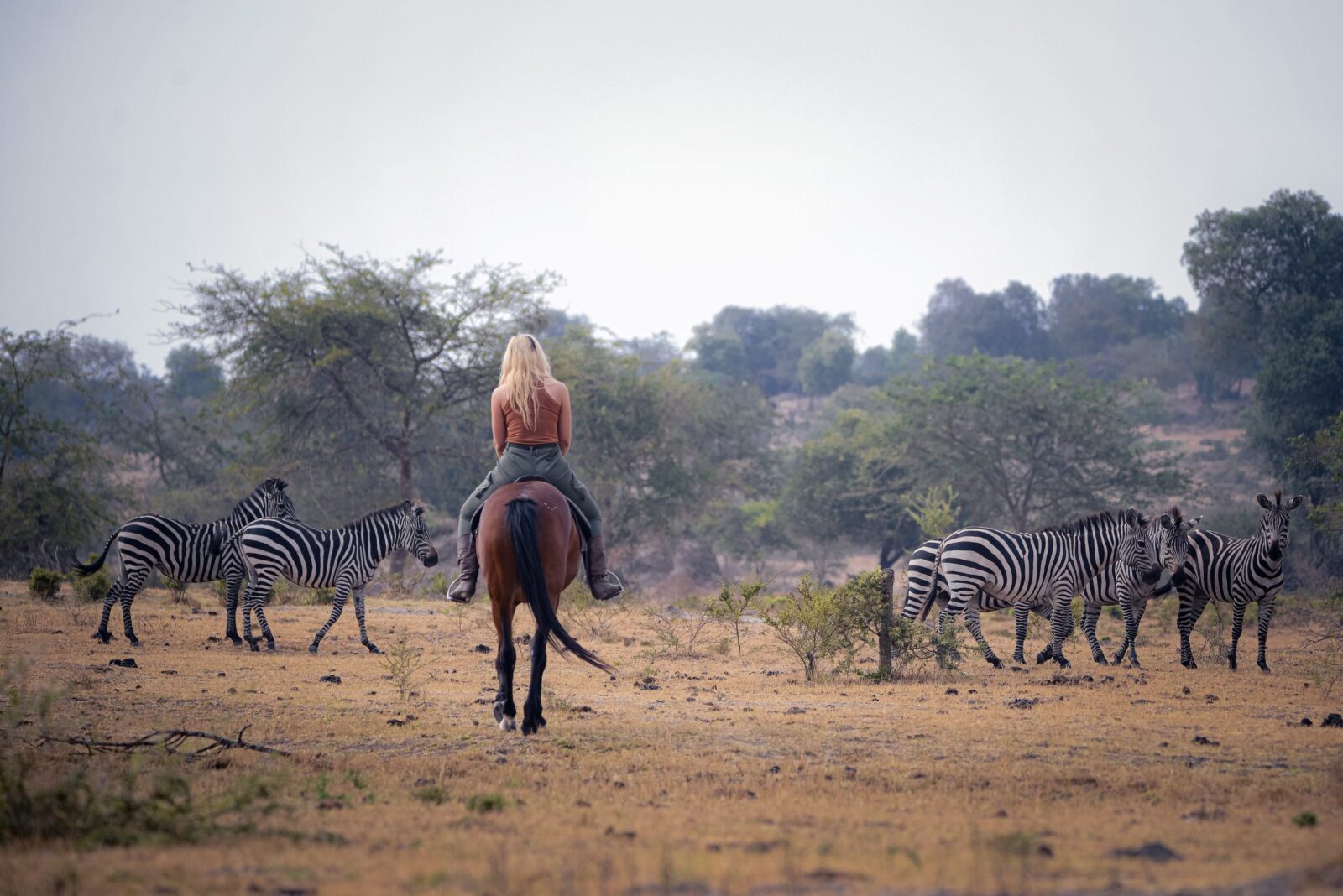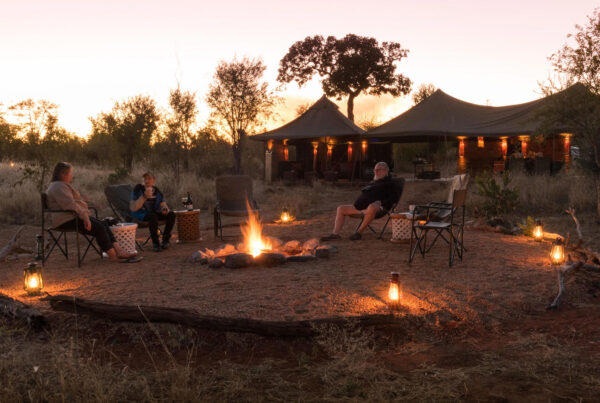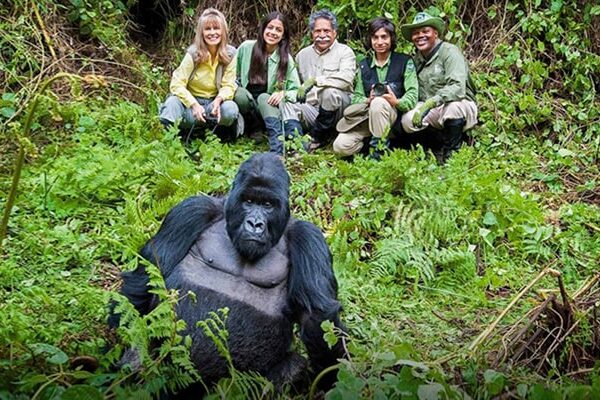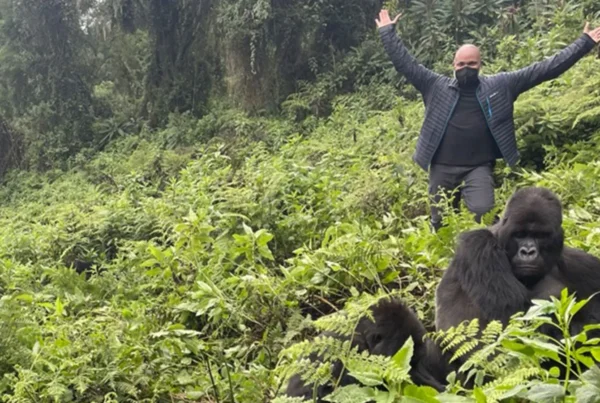Lake Mburo National Park: Photo Essay to Travel Safety Tips for First-Time Visitors
Capturing the Essence of Uganda’s Iconic Landscape
Lake Mburo National Park, located in southwestern Uganda, is celebrated for its rolling savannahs, acacia woodlands, and shimmering lakes, offering a captivating canvas for photographers and wildlife enthusiasts alike. For first-time visitors, the park presents both opportunity and responsibility. While the landscapes and wildlife are enchanting, a successful trip relies on careful planning, respect for natural habitats, and adherence to safety protocols. This photo essay and travel guide is designed to provide a detailed exploration of Lake Mburo, offering insights into its natural beauty while emphasizing practical measures for safe and fulfilling experiences.
Understanding Lake Mburo: A Photographer’s Paradise
Lake Mburo National Park spans approximately 370 square kilometers, characterized by mixed habitats that sustain a rich variety of wildlife. Its savannahs, swamps, and small lakes attract species ranging from zebras, impalas, and elands to hippos, crocodiles, and over 300 bird species. The park’s relatively small size compared to other Ugandan wildlife areas makes it ideal for first-time visitors seeking comprehensive wildlife encounters within a manageable timeframe.
For photographers, the interplay of light across the undulating terrain provides endless compositional possibilities. Dawn and dusk reveal golden hues across the plains, while the reflective surfaces of the lakes create dramatic mirrored shots of animals and sky. Photographic storytelling in Lake Mburo is enhanced by observing behavior and interactions among species, capturing moments of predator-prey dynamics, herds grazing, or hippos emerging from the water. These visuals not only preserve memories but also convey the park’s ecological richness.
Preparing for Your Visit: Key Considerations
Preparation is essential for a safe and rewarding visit to Lake Mburo. First-time travelers are advised to research climatic conditions, wildlife behavior, and terrain challenges. The park experiences two rainy seasons, from March to May and October to November, which can affect accessibility, road conditions, and trail safety. The dry seasons, from December to February and June to September, offer more predictable travel conditions and better visibility for wildlife photography.
Proper packing is critical. Lightweight clothing suitable for warm days, layered clothing for early mornings, sturdy boots for walking safaris, and rain protection are all necessary. Photographers should also carry protective gear for cameras, extra batteries, memory cards, and lenses suitable for both close-up and distant shots. First-aid kits and sufficient water are indispensable, as the park’s remote areas can limit immediate access to services.
Safety Tips for Wildlife Encounters
Respecting wildlife is paramount in Lake Mburo, where encounters with animals can be both awe-inspiring and potentially dangerous. First-time visitors must maintain safe distances, avoid sudden movements, and adhere strictly to park guidelines. During game drives, it is recommended to remain inside vehicles unless guided by authorized rangers. Walking safaris, a highlight of Lake Mburo, provide closer interactions with ungulates and birdlife but require careful attention to terrain, weather, and the presence of larger mammals such as buffalo and zebras.
Photographers must balance their pursuit of the perfect shot with safety, ensuring that lenses and cameras do not lead to risky approaches. Animals should never be cornered, provoked, or disturbed, and nocturnal movements should be avoided unless part of an organized night safari guided by trained professionals.
Capturing the Park Through Photography
Lake Mburo offers diverse photographic subjects, from the wide open savannahs to intimate forested patches and waterholes. Early mornings are ideal for capturing the warm, soft light and observing animals at feeding or movement peaks. Hippos and crocodiles in the lakes create dramatic compositions, especially during low-angle sunrise shots that reflect off calm waters.
Bird photography is particularly rewarding, with species such as the African fish eagle, giant kingfisher, and various starlings providing dynamic and colorful subjects. Long lenses, tripods, and patience are crucial for photographing skittish birds without disturbing their natural behaviors. The evening hours offer golden-hour lighting that enhances the texture of zebras, impalas, and other grazing animals, allowing photographers to create both artistic and documentary-style images.
Navigating the Park: Trails, Vehicles, and Guided Tours
First-time visitors should understand that navigating Lake Mburo requires careful planning. Road conditions vary, and some areas are best accessed via 4×4 vehicles, particularly during the rainy season. Walking safaris, guided by park rangers, provide unique perspectives of smaller mammals, birds, and plant life while maintaining safety.
Guides play a critical role in both safety and enrichment. Their knowledge of animal behavior, trails, and hidden viewpoints enhances the experience, ensuring that visitors encounter wildlife efficiently and respectfully. Solo travelers, families, and groups all benefit from guided excursions, particularly for early morning and late evening explorations when wildlife is most active.
Accommodation Considerations
Lake Mburo offers a range of accommodation options suited to varying budgets. Lodges within the park provide proximity to wildlife and often feature observation decks, allowing visitors to photograph animals from a safe vantage point. Budget-friendly campsites offer a more rustic experience, immersing travelers in the sounds and rhythms of the bush, while still maintaining essential safety standards.
First-time visitors are advised to book in advance, particularly during peak seasons, to secure accommodations that provide both comfort and access to guided tours. Whether staying in luxury lodges, mid-range camps, or community-run guesthouses, safety measures such as secure storage for valuables and access to ranger assistance are important considerations.
Health and Environmental Safety
Visitors must remain aware of health precautions, including malaria prophylaxis, insect repellent usage, and safe drinking water practices. Sunscreen, hats, and hydration are essential during daytime activities. Environmental safety practices, such as disposing of waste responsibly, staying on designated paths, and avoiding interaction with unknown plants or animals, are crucial to preserve both visitor safety and the integrity of the park.
Solo travelers, in particular, are advised to maintain communication with park authorities, lodge staff, and guides to ensure quick assistance in case of emergencies. These measures contribute to a stress-free experience, allowing focus on wildlife observation and photography.
Cultural Etiquette and Responsible Tourism
Lake Mburo is adjacent to communities that rely on the park for tourism and ecological services. First-time visitors are encouraged to engage respectfully with local residents, support local businesses, and participate in community-based initiatives when possible. Photography of people should always be conducted with permission, and cultural sensitivity is essential to maintain positive relations between visitors and host communities. Responsible tourism not only enhances the visitor experience but also contributes to the sustainability of wildlife conservation efforts.
Safe, Rewarding, and Photogenic Experiences
Lake Mburo National Park provides a rich and diverse experience for first-time visitors, combining breathtaking landscapes, abundant wildlife, and opportunities for photography and personal reflection. By adhering to safety tips, preparing adequately, and choosing appropriate accommodations and guided experiences, visitors can enjoy the park confidently and responsibly.
For photographers, solo travelers, and families alike, the park offers countless opportunities to document natural beauty while contributing to the broader appreciation of Uganda’s ecosystems. Planning with care, understanding wildlife behavior, and respecting cultural and environmental contexts ensures that every visit is both safe and memorable.
To guarantee a seamless and guided experience in Lake Mburo National Park, it is recommended to book your Africa tours and safaris via WildHorn Africa, where expert planning, local knowledge, and dedication to safety make every adventure in the park both enriching and unforgettable.





 WildHorn Africa – Authentic and unforgettable tours across Africa, guided by local experts who know the land, wildlife, and culture best.
WildHorn Africa – Authentic and unforgettable tours across Africa, guided by local experts who know the land, wildlife, and culture best.


